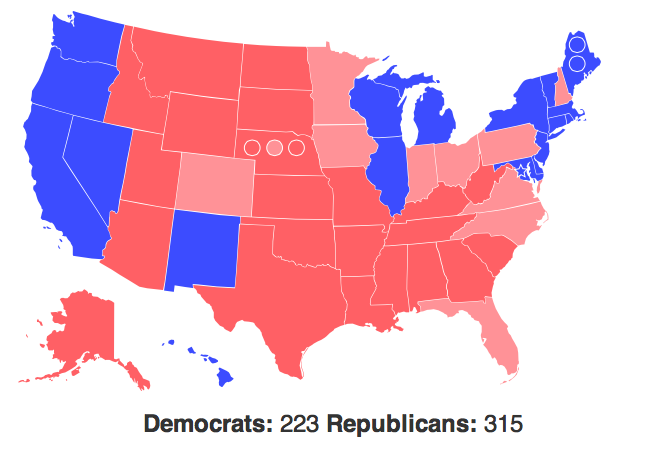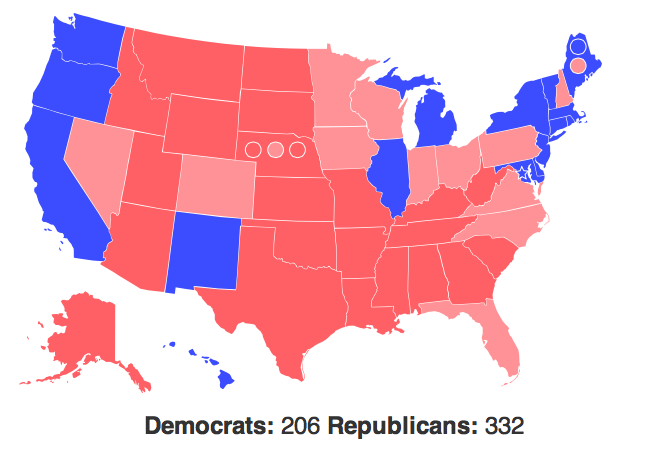Swingometer: Gallup Party ID figures predict solid Romney win
We always talk about the independent, swing vote in elections because those tend to be the persuadables. But party ID numbers matter as well, because those partisan voters tend to split better than 90/10 for their party.
It is for that reason that Gallup’s new partisan ID split, one that mimics what Rasmussen has been saying all along, predicts nothing less than doom for the Democrats, and a solid, national win for Mitt Romney this year.
Ignore Gallup’s headline. They’ve buried the lede so far deep, they’ll be fracking in Australia to bring it to the surface. Demographically the country hasn’t changed in a few years, naturally, but the difference between 2008 and 2012 is in the TEA party. The TEA party happened, dictated the 2010 elections, and has now resulted in a large partisan ID and registration shift in this country since.
When Rasmussen Reports noted this, and showed it in polling, Nate Silver and his followers scoffed. Just as they did in 2008 when Rasmussen was first to predict the TEA party driven Republican wave, they criticized and insulted the firm that was first to what turned out to be the facts.
Now Gallup is in the game, and the numbers are brutal. In 2008, the Democrats had a 39-29 (D+10) advantage in hard party ID, and a 54-42 (D+12) advantage with leaners. In 2012 though, we’re in the post-TEA party era. Republicans now show a 36-35 (R+1) hard party ID advantage, and a 49-46 (R+3) lead with leaners. This gives us a range of party ID swings from 2008, from R+11 to R+15.
That Gallup is giving us a range is not new. They did the same in 2010, when the late Generic Ballot polls offered two different voter models. First there was the high turnout model, one that proved too pessimistic for Republicans, and the low turnout model that was too optimistic. The truth was, as they surely intended, somewhere in the middle.
But let’s look at where this range takes us. Asking Swingometer what an R+11 swing means, it’s bad for Democrats. This is a crude measure as Swingometer is meant to deal with the two party vote and not raw party ID, but again, with the 90/10 split that partisans show in their candidate support, this isn’t going to be that far off.

This low end swing gives Romney the election handily. We get taken back to the 2000 election map, but with Romney trading Nevada in exchange for Iowa, Minnesota, and Pennsylvania. It’s a solid 315-223 Electoral College victory. Not a blowout, but roughly as meaningful as Obama’s 2008 victory.
But then we come to the high end, R+15 swing:

Again, not a blowout. The nation is more polarized than it was in the past, so elections like 1984 or 1964 just don’t happen these days. but gaining the straight 2000 map plus Minnesota, Wisconsin, Iowa, Pennsylvania, and Maine’s second district would give Romney a 332-206 victory.
The takeaway here is that Mitt Romney has many paths to victory. He’s solidified enough states (Florida, North Carolina, Virginia, Indiana, and probably Colorado) that he has his chances elsewhere (Pennsylvania, Ohio, Wisconsin + Iowa or New Hampshire, Nevada + New Hampshire + Maine 2).
This election is winnable for Mitt Romney as long as his people vote and get out the vote on election day.
Comments are closed.